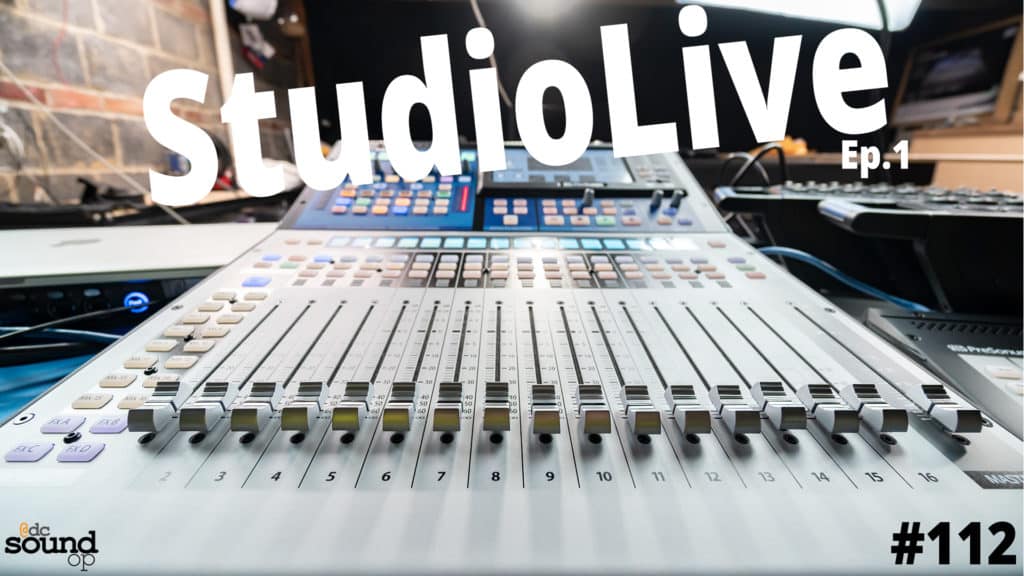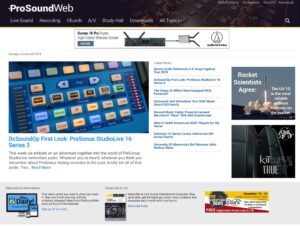As an Amazon Associate DcSoundOp earns from qualifying purchases.
StudioLive Revisited:
This week we embark on an adventure together into the world of PreSonus StudioLive networked audio. Whatever you’ve heard, whatever you think you remember or know about PreSonus mixing consoles in the past, kindly set it aside. This is a whole new world and a completely fresh approach from PreSonus to working with digital audio in modern production environments. Relying on the AVB network protocol to move audio traffic around, the system is bigger than just mixing consoles. And YES, this time there are motorized faders!!
Click HERE to Watch StudioLive Revisited Ep.1
There are traditional console mixers like the StudioLive 16 / 24 & 32 and then there are their rack-mount counterparts, the StudioLive 16R / 24R & 32R which we looked previously on the channel. All of these models can be used as stand alone mixers, and all offer remote control capabilities via software. Most interestingly however is how they can all be used in tandem to build out larger systems as needed. FOH & Monitors, a dedicated mixer for a webcast or record mix, or interconnecting multiple breakout rooms at a corporate conference, it’s all possible with these mixers.
To aid in moving all of that audio traffic around, we have the PreSonus SW5e PoE (Power over Ethernet) AVB network switch that makes connecting items like the NSB 8.8 & NSB16.8 stage-boxes a simple task. It also provides power for the EarMix 16M personal monitor stations that can be used to not only allow a musician to tweak their mix, but also power a local set of headphones, saving money on unnecessary wireless gear for stationary musicians who may prefer to use in-ear monitors.
Rounding it all out is the 150′ Cat-5 network cable that PreSonus is offering as a simple solution for getting your stage boxes where they need to be. With nice Ethercon connectors and stage & mobile use in mind, I’m excited to see how they stand up to some typical abuse on the job.
This is going to be an on-going review over the coming months, with each piece of gear getting it’s own video as I have the chance to use and test them in real world situations. We’ll also be looking at the Studio One 4 DAW Software and the DAW Mode functionality of the mixer and how the two work together in recording, mixing and editing as a whole system.
Please send in any questions you have, or anything you would like to see tested or demonstrated in a future video. You can get in touch via e-mail at the top of this page, on social media, or just drop a comment on the YouTube video.
Follow the whole series here, on YouTube or at ProSoundWeb.com
Amazon and the Amazon logo are trademarks of Amazon.com, Inc, or its affiliates.


